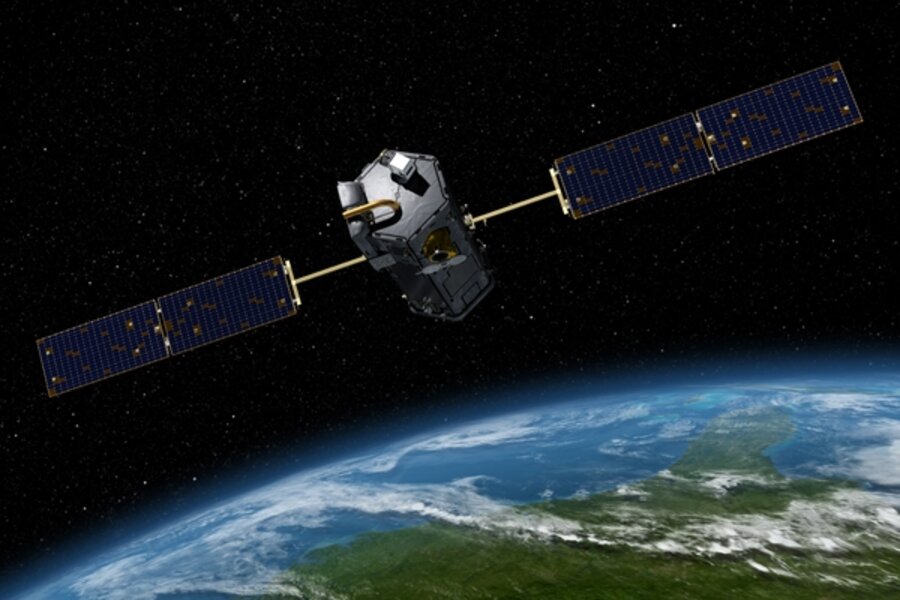Satellite’s loss a setback for study of greenhouse emissions
Loading...
NASA is launching an investigation into Tuesday’s loss of a spacecraft designed to study the sources and sinks for Earth’s carbon dioxide. After what looked like a perfect launch, the satellite is now sleeping with the fishes somewhere off Antarctica.
The National Aeronautics and Space Administration’s Orbiting Carbon Observatory (OCO) lifted off from Vandenberg Air Force Base in California early in the morning of Feb. 24.
But the clamshell-like housing that protects the satellite during its rise through the atmosphere failed to open and break away from the rocket’s final stage. Burdened with added weight, the engine couldn’t deliver enough push to loft the satellite to orbit. It fell back to Earth over the Southern Ocean.
“For the science community, it’s a huge disappointment,” says Chuck Dovale, the mission’s launch director. The mission had been eight years in the making, at a cost of $273 million.
The plan was to operate the satellite for two years. Its data would help atmospheric scientists draw a more detailed picture of which spots on the planet were emitting and taking up the most CO2, a greenhouse gas that scientists have identified as the main driver behind global warming.
The information is valuable for refining climate models. The more-detailed picture would have been useful to policymakers weighing different land-use schemes aimed at boosting the amount of CO2 the landscape can store.
Beyond the data it gathered, the satellite also was a platform for testing instruments that planners anticipated would be installed on future satellites with longer mission lengths.
From a science perspective, all eyes are now on Japan’s GOSAT. Launched in January, it, too, is measuring CO2 globally, although in different ways than OCO would have. Either one’s data would have been valuable on its own. Combined, the two would have provided an unprecedented look at the world’s uptake and release of carbon dioxide.
The failure of Orbital Sciences Corp.’s Taurus XL rocket to deliver OCO to orbit has grounded another climate-change mission for now. NASA’s Glory satellite, designed to measure the sun’s brightness as well as the levels of aerosols and black-carbon soot in the atmosphere, was slated for launch in June, on another Taurus XL rocket.





